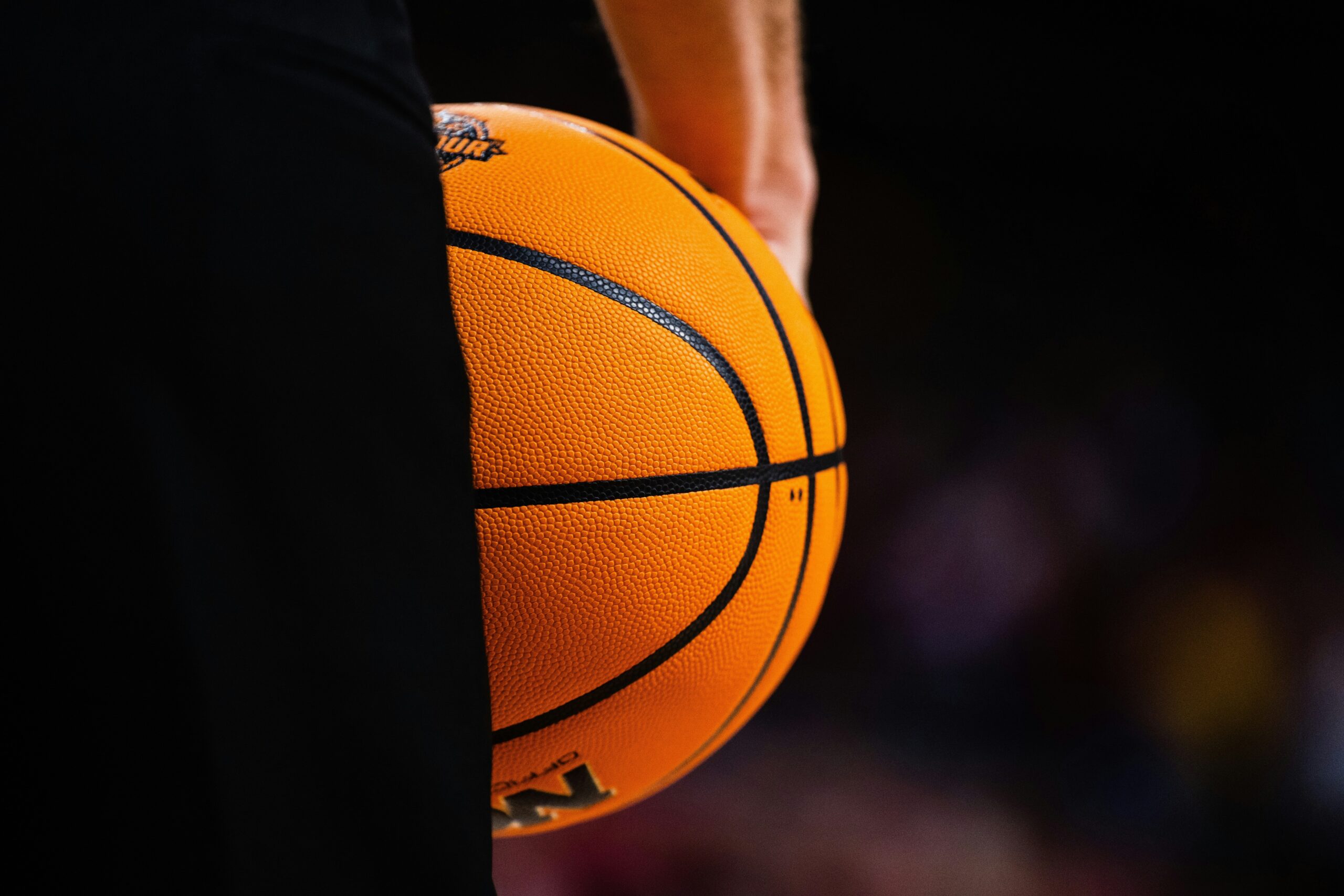Navigating the New Collegiate Free Agency: A Strategic Guide for Student Athletes
The New Collegiate Free Agency: A Strategic Approach to Athletic Recruitment
Introduction
In the rapidly evolving landscape of collegiate athletics, student-athletes are discovering a new paradigm of recruitment and career development. The concept of “New Collegiate Free Agency” (NCFA) is transforming how young athletes approach their academic and athletic futures.
Key Insights into Modern Collegiate Recruitment
Understanding the Flexible Recruitment Landscape
The traditional linear path to collegiate sports has dramatically changed. Modern athletes must:
- Be Flexible: Embrace multiple potential pathways
- Develop Strategic Plans: Create multi-school strategies
- Remain Realistic: Honestly assess personal strengths and limitations
The Multi-Tier Approach
Starting Points for Athletic Development
Athletes can now consider strategic entry points such as:
- Division 3 Schools
- NAIA Institutions
- Junior Colleges
- Smaller Athletic Programs
Strategic Career Progression
The Leveling Up Strategy:
- Start at a smaller institution
- Develop skills and athletic capabilities
- Build value as an athlete
- Transfer to more competitive programs
Coaches’ Perspective on the New Recruitment Model
Collaborative Coaching Strategies
Modern coaches are increasingly:
- Helping athletes develop comprehensive career plans
- Creating pathways to higher-tier programs
- Maintaining relationships across different athletic levels
Key Recommendations for Student-Athletes
Developing Your NCFA Plan
- Annual Review: Assess your options yearly
- Maintain Flexibility: Have multiple potential paths
- Build Relationships: Connect with coaches at various levels
- Focus on Personal Development: Continuously improve skills
Conclusion
The New Collegiate Free Agency represents a dynamic, flexible approach to athletic recruitment. Success requires strategic planning, self-awareness, and a willingness to adapt.
Final Advice
“Collegiates nowadays isn’t just a straight line. Give yourself options and continue to look at changes that might work to your advantage.” – Coach Aaron
Remember: Your athletic journey is unique. Craft a plan that aligns with your personal goals and capabilities.

Recent Comments